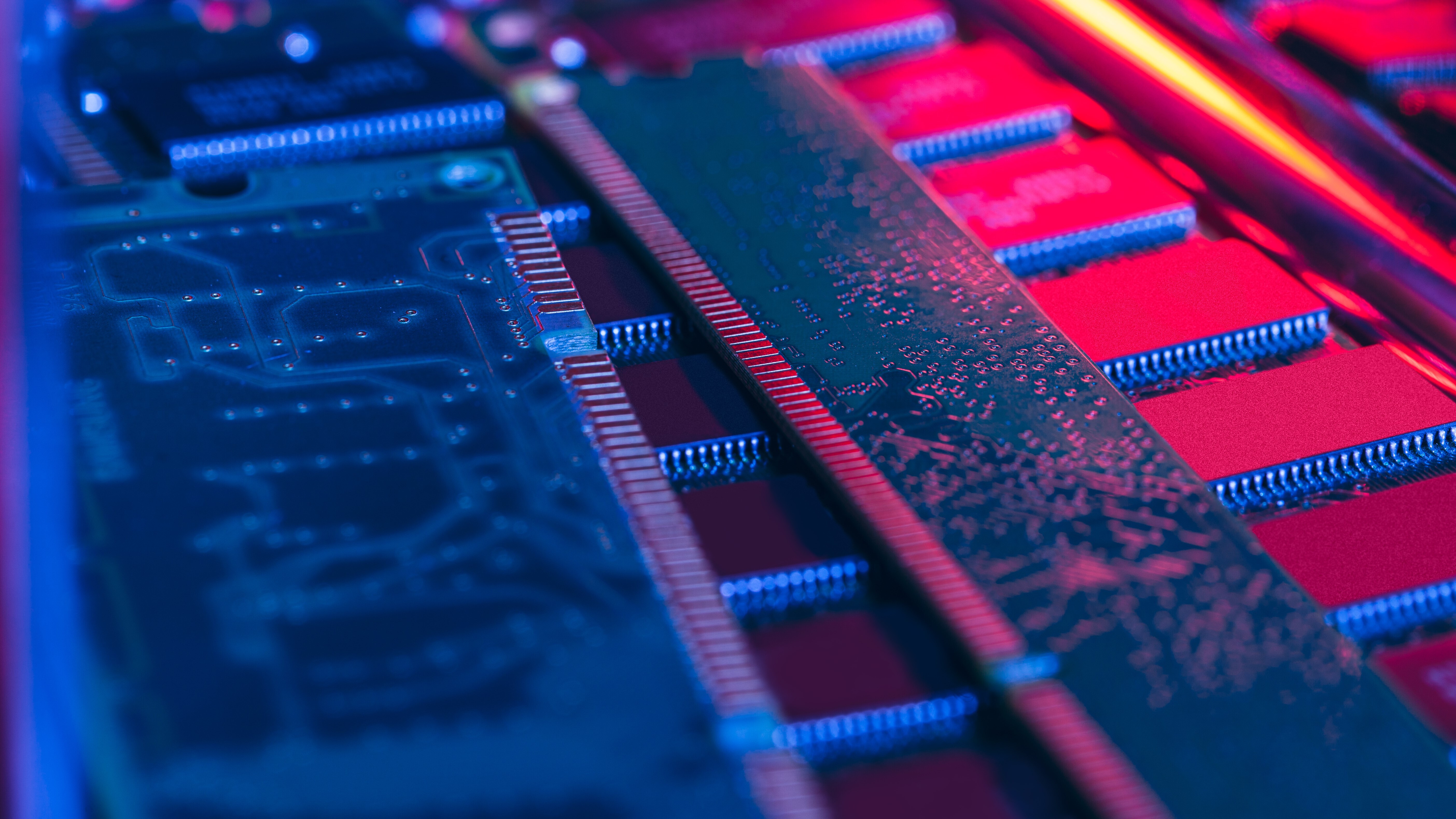Computer memory is a component predominantly known for operating with passive cooling or no cooling at all. However,Phoronixreports that DDR5 server memory operating at DDR5-6000 or greater can run very hot, depending on the workload level. Therefore, server builders must consider running active coolers to prevent overheating.
Phoronix clarifies that pre-built DDR5-equipped servers already run the necessary cooling components to keep their memory under proper operating temperatures. This overheating problem is targeted at DIY server builders who might overlook RAM cooling, thinking passive cooling will be enough, as with mainstream desktop DDR5 memory.

The Linux-focused outlet discovered during testing with a Supermicro H13SSL-N motherboard in a 4U rackmount chassis featuring 12x64GB (768GB) DDR5-6400 ECC Micron RDIMMs that the chassis' triple 120mm intake fans and three to four 80mm exhaust fans were inadequate for keeping the memory at optimal temperatures. Temperatures could run above 90 degrees Celsius under load on the modules, causing all the fans to spike to full load.
Phoronix bought a pair of cheap Corsair Vengeance Airflow coolers onAmazonfor$25to remedy the situation. These coolers kept the DDR5 server modules cooled on both sides of the motherboard.

Temperatures dropped significantly with the active cooling modules installed. Phoronix benchmarked the coolers, revealing a 49-degree reduction in average operating temperatures during memory-intensive stress testing. The system RAM got as hot as 119 degrees Celsius without the coolers while running the High-Performance Conjugate Gradient benchmark and slapping the coolers on dropped temps to a maximum temperature of just 70 degrees Celsius.
The performance also increased due to the memory chips no longer thermally throttling. OpenVINO and NAMD 3.0benchmarkssaw massive gains, with the coolers equipped seeing anywhere from 13% to a 36% gain in performance in OpenVINO and a 16% to 51% performance jump in NAMD 3.0.

Any server-grade memory operating at DDR5-6000 or higher can purportedly run into this overheating issue. Server builders should be mindful of cooling for the memory since the new MRDIMMs clock as high as DDR5-8800.
Get Tom’s Hardware’s best news and in-depth reviews, straight to your inbox.
Aaron Klotz is a contributing writer for Tom’s Hardware, covering news related to computer hardware such as CPUs, and graphics cards.